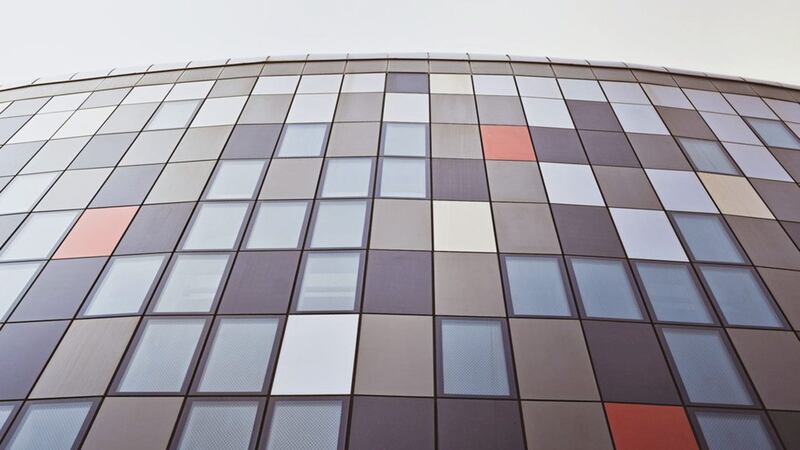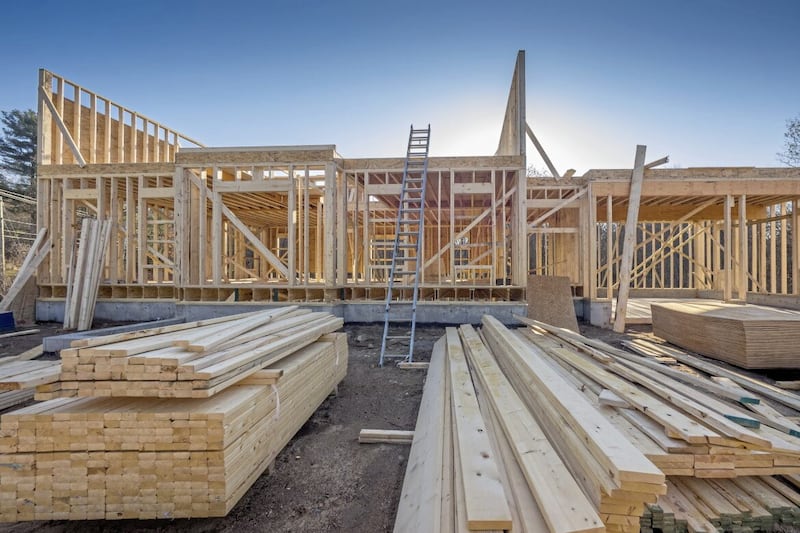IN the wake of the Grenfell Tower tragedy, increasing attention has been placed over recent months on the precise make-up of building materials used in construction.
It has always been the case that any business or home-owner taking out insurance on their property will have had to answer questions about what the building is made of.
Their answers will have had an impact on the final premium quoted, and particularly so with regards to any cladding used throughout the property.
A particular focus has recently been placed on the use of composite panels as a form of cladding. Used extensively for external walls, internal structures and roof construction within a variety of industries, including cold storage, warehousing, food, hotels and other environments, they are a popular choice.
This is due to several factors such as their insulation properties in reducing the transmission of heat and sound while they are light weight and easy to construct, in turn reducing initial and ongoing costs.
However, there are also several major risks involved with the use of composite panels, principally as a fire hazard, dependent on the core used. The potential dangers, especially in high rise buildings, are obvious.
The combustibility of composite panels depends on the material their core is made from with many made from expanded polystyrene, polyurethane and polyisocyanurate.
These are more prone to combustion and therefore pose several risks such as the potential rapid spread of fire which may also be difficult to fight due to the concealed nature of the panel core.
Other risks include liquid fire produced from melting cores and the creation of dense, corrosive and toxic smoke
These risks are even greater in food factories, where composite panels are commonly used internally to establish diverse environmental conditions in different rooms within the same building.
Non-combustible options include foamed glass, glass fibre and mineral wool, the latter of which is preferred by insurers while all three are considered the norm for most new building projects.
Whichever type of cladding is chosen, adequate planning and a robust risk management programme will allow the user to avail of their particular benefits and could help reduce insurance premiums.
It is prudent to carry out an audit of every panel core installed in the building and determine a classification for their fire rating.
Regular checks for damage to panelling which could increase the risk of fire should also be adhered to.
Where combustible panels are used, these could be replaced with non-combustible alternatives where appropriate.
Two-hour firewalls, which retard the spread of fire, to compartmentalise fire risk could also be installed, in addition to a sprinkler system and heat and smoke detectors.
Placing flammable materials near, or running electrical cables through panels should also be avoided.
The appointment of a manager with responsibility for creating a fire prevention programme and regularly conducting fire risk assessments may also be appropriate.
Following these steps, and seeking further professional guidance should ultimately help businesses improve operational efficiencies, minimising the risk of accidents and the impact of claims through strong health and safety compliance.
:: David Sinnamon is risk manager at Willis Insurance and Risk Management








